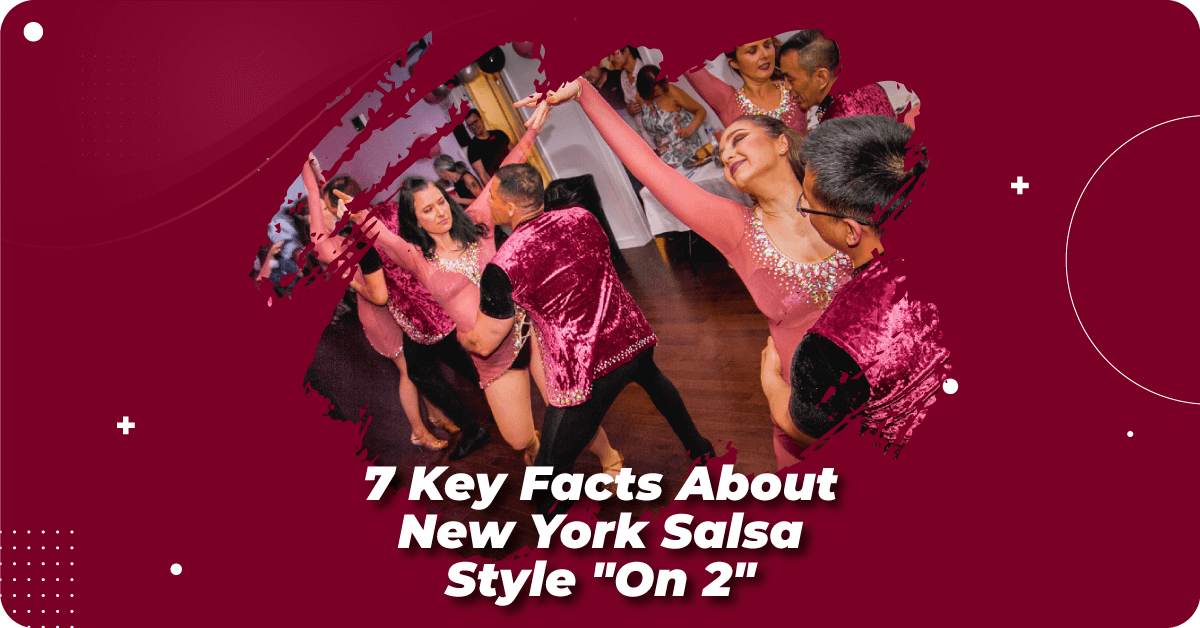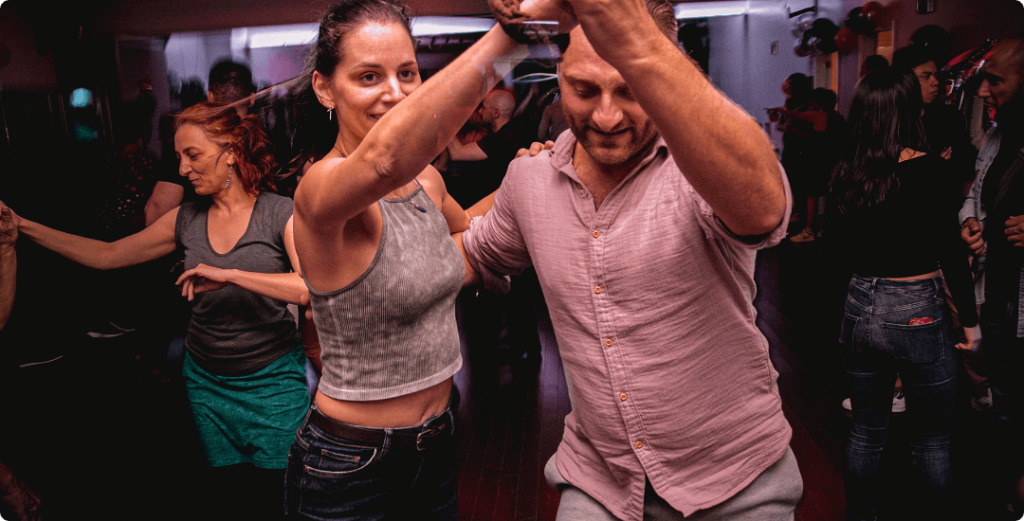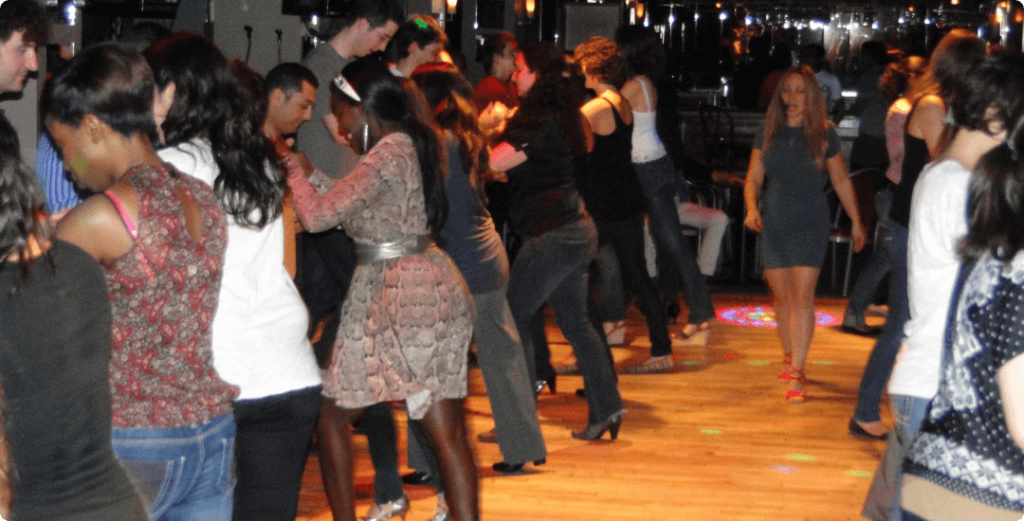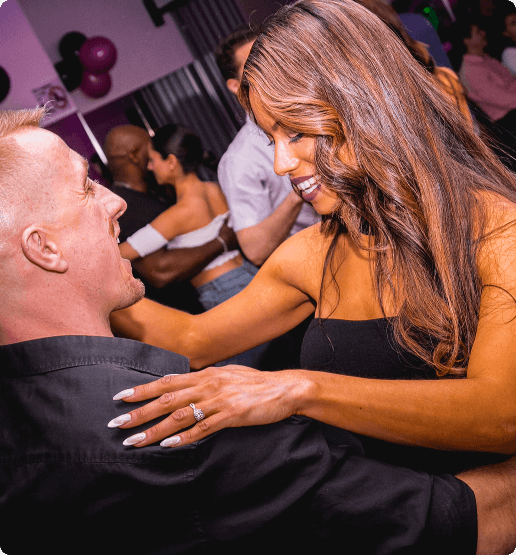Closed Tuesday, July 1st in Montreal for Canada Day. See Schedule →

We are not done yet! We still have some amazing offers that you will definitely like. Take a look at our current offers and benefit from the ones that you like the most!
Discover the magic of Salsa and Bachata with our special offer. Benefit from 7 intro classes for only 37$. (must be used within 5 weeks of the 1st class taken.) (105$ reg.)
Keep it moving with our Zumba/Fitness special offer and get 7 classes for 37$ only. (must be used within 5 weeks of the 1st class taken.) (105$ reg.)
Salsa is a dynamic dance form with many different styles, and New York salsa, also known as “On 2,” is the style that connects best to the rhythm and musicality of this dance. Whether you’re a seasoned dancer or just starting out, it’s important to understand the nuances of this exciting dance style. Here are seven essential facts to help you understand the world of New York salsa.

Many dance enthusiasts claim that New York style salsa is the original form of salsa. This dance was created in the 1960s and 1970s when Latin and Caribbean immigrants moved to New York and blended bits and pieces of other ballroom, american jazz and club dances into a new form. The term “salsa” was coined in New York and is thought to have come from the “sauce” made by all the different styles, including Rumba, cumbia, guaracha, and merengue.


Salsa music is as much an art as salsa dance, and New York style favors “salsa dura.” This type of salsa features fast tempos and long instrumental solos and is danced to the rhythm of the music rather than the melody. New York salsa music is heavily influenced by Nuyorican (New Yorkers of Puerto Rican descent) and Puerto Rican bands, such as Tito Puente and Ray Barretto.
New York salsa is known as “On 2” dancing because dancers accent steps on beats two and six of a two-measure phrase with a 4:4 time signature. The lead dancer steps back on beat two, while the follower steps forward. This sets New York salsa apart from other styles, where the lead dancer typically steps forward.




New York style salsa uses more spins and turns than other styles, giving dancers a lot of momentum as they move into the next steps. A classic element of this style is the “shine,” a part of the dance sequence in which the partners separate and each perform their own solos or the same steps next to each other. Unlike Miami and Cuban styles, where the man’s dancing is highlighted, New York salsa offers more of a showcase for the female partner.


New York style salsa is danced all over the world, but it is most predominant on the east coast of the US, South America, Europe, Japan, and Korea. Whether you’re in New York City or another part of the world, you can enjoy the vibrant and energetic world of New York salsa.

Join montreal’s best rated dance school where you can take salsa, bachata, kizomba, fitness classes and much more.
Join our vibrant Latin dance community and take your first step today! Explore exciting classes and unforgettable experiences.
